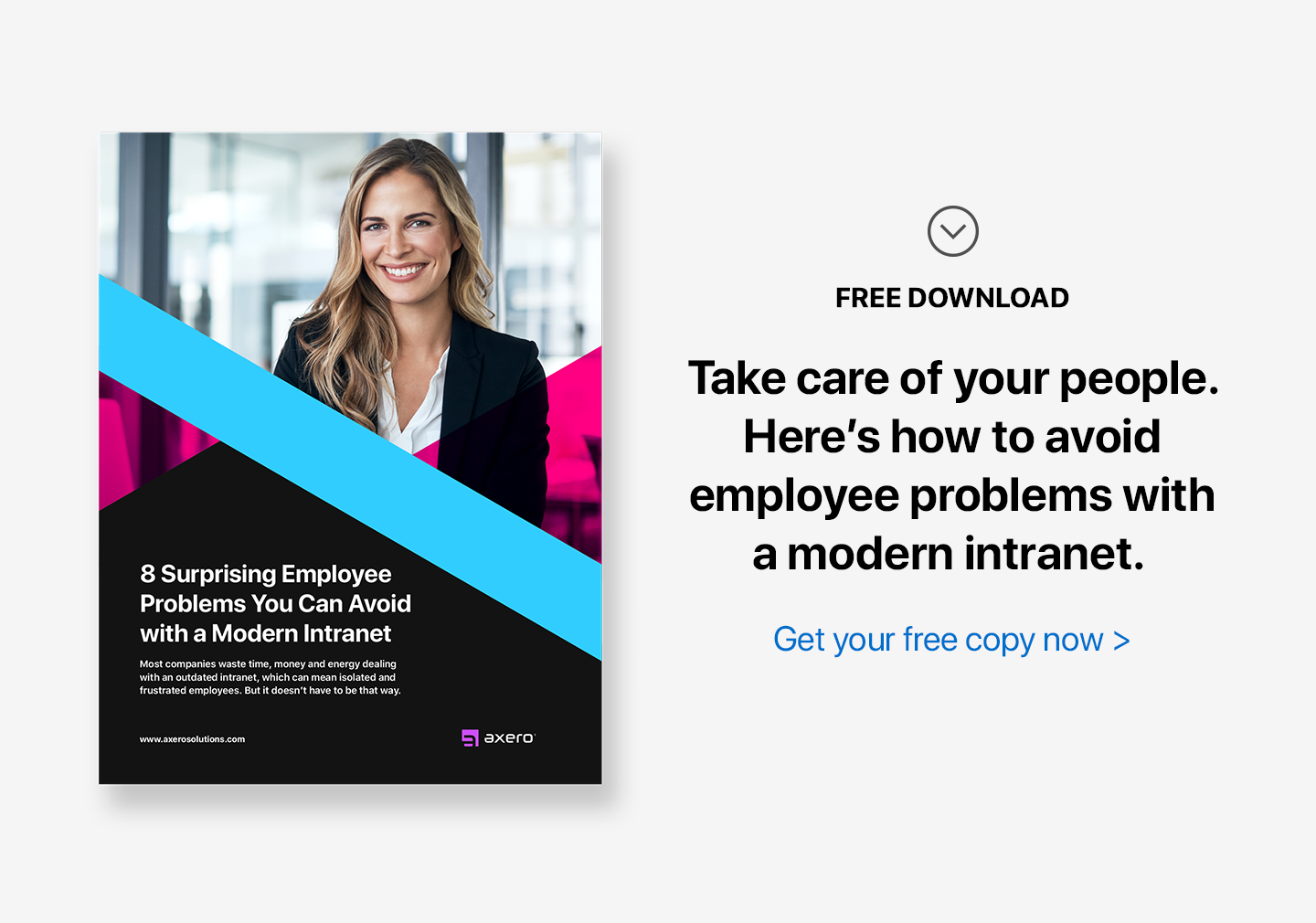
Employee retention and increasing productivity
— Tax Manager
Nobody likes the tax season—least of all the people who have to do everyone else’s taxes. So, how do you keep them around and get them to crank out more paperwork per square foot?
Great question! Not just for the tax managers, but for all boring and stressful employers. Who do I mean? You, me, everyone! Who doesn’t get bogged down with projects and anxiety now and then? What do you do when that happens?
You take it easy.
There’s a lot of research pointing to the fact that working beyond 50-60 hours a week is unproductive and toxic in the long run. Add poor or insufficient sleep to the crazy work hours, and you get sickness- and mistake-prone employees. Not the productivity showcase you’ve set out to create.
The good news is that, in most cases, you can cut unproductive time. In fact, that’s the only way I know how to keep good people and get them to produce more at the same time. Here are eight common time sucks and productivity drains. If you checked off at least one, you’re human. And help is on the way!
1. Reinventing the Wheel
Automate repetitive and labor-intensive steps. If you catch people thinking through the same problem over and over, put the solution in front of them. One example is our sales process at Axero. We used to email prospects back and forth until the cows come home. Our sales reps could rack up a 60-hour week doing just that—and have nothing to show for it. We had to make better use of their time. Here’s how we did it.
Every email chain, no matter how long and complicated, aimed to achieve one of three simple goals:
- Get routine information from prospects, so we could ballpark the investment required on their part.
- Get them to accept or reject it.
- Set up a demo with a responsible decision maker present and ready to move forward.
Once we saw how much time we were wasting, we crafted canned emails that told our prospects what they needed to do to move to the next step. Now we have more prospects, happy sales reps, and we’re making money too.
2. Hoarding Work
If someone else can do your work better, faster, or cheaper than you, you should delegate. This is as true of a top executive as it is of a front-line employee. Don’t burn out any employee. And don’t let them do it to themselves.
If you are a manager, don’t assign moronic tasks to high-level employees. With all the freelancing sites, temp agencies, and outsourcing outfits in today’s world, there’s no need to drain your best people. Check in with your team often, to make sure they’re working on things that matter and that they are the best people to do the work.
3. Email
This one is obvious, yet none of us are safe from The Inbox. Even Axero, the sworn enemy of email addiction and abuse, is not immune to it. Are you sure your people are not wasting their most productive hours on email? You can’t get rid of email, but you can get it under control. Use your social intranet for project, team, and company communications. Train non-customer facing employees to limit email to a couple of hours a day.
4. Meetings
As you put an end to wasteful and abusive email, don’t forget about its twin: wasteful and abusive meetings. Don’t call a meeting for anything that can be shared on the intranet. Work asynchronously and invest in software that supports teamwork.
5. Missed Communications
Limiting meetings and email is not an excuse to disconnect from the team. Make sure employees know where to get the information and help they need to do their jobs. Some employees like to do things their way. Don’t micromanage them. But do stay in touch and keep them on the mission-critical path.
6. Over-promising
Remember, the easiest way to stay on track and control your time is to say no. Unfortunately, it doesn’t come naturally to many people. We tend to over-commit and suffer the consequences. I once read a book that recommended saying no whenever you had a choice, just to get into the habit. I don’t know if I would go that far, but I do believe that the most productive people set the highest bar for their time and attention.
7. Search
Have you searched your intranet for an important document, only to come up empty-handed? Not an energizing experience, is it? Poor search capabilities is one of the top reasons our customers switch to our software. But even Google won’t help you find something that isn’t there. Make sure employees upload files and refresh the intranet content regularly.
8. Non-Intuitive Software
The biggest reason customers switch to Axero is the complicated design and confusing interface of their existing intranet. Some come to us within a year of signing up with another vendor; not a happy predicament, yet they feel like they have no choice. To avoid making the same mistake, keep in mind that user experience is the only reason to have an intranet.
Don’t buy it because it’s cheap, or because the name sounds familiar, or because it has an unusual feature. Buy it because it makes it easier for your employees to interact. That’s it. And only your employees can tell you if it works for them. That’s why we give you a free trial and ask you to use it full out. Don’t sign up for the free trial until you’re ready to roll it out to your workforce. Else, the trial window will close, but you still won’t know whether they like it better than what they have now.
In summary, the higher the workload, the more forethought should go into every aspect of your work. Don’t do things the way they’ve always been done. Go through every process with a fine-tooth comb. The outcome should be that your employees work less and accomplish more.
____
If you like to bring sanity into your workplace, you might like my book, because it helps you keep your sanity as you do so.











 info@axerosolutions.com
info@axerosolutions.com 1-855-AXERO-55
1-855-AXERO-55


